Search
Search Results
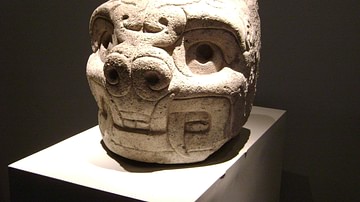
Image
Chavin Stone Tenon Head
A stone head which originally protruded from the exterior wall of the temple at the Chavin religious site of Chavin de Huantar. Over 100 such heads have been found, each is unique and represents the transformation of a shaman into a supernatural...
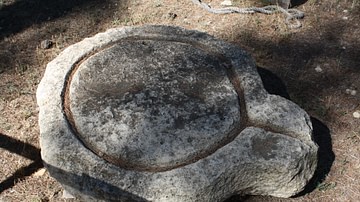
Image
Olive Press Stone
A stone from an olive press used to collect the oil from the pressed olives and pour it into a waiting receptacle. 6th-2nd century BCE, Saint Blaise, France.

Image
Darius I Inscribed Stone Weight
The cuneiform inscription on this polished diorite weight states "I Darius, the great king, the son of Hystaspes, an Achaemenian". This is an abbreviated version of a standard inscription on a series of stone weights of Darius, which can...

Image
Picture Stone with Sun Wheel
Picture stone with whirling suns, ornaments, and a ship, 5th-6th century.
Fornsalen Museum, Visby (Gotland).
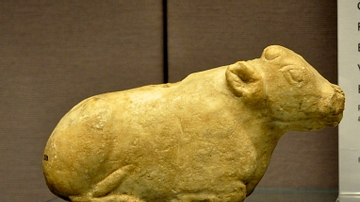
Image
Stone Calf from Late Uruk Era
There is a hole on the back of this stone calf for vertical posts or other attachments. Late Uruk period, 3300-3000 BCE, from Ur, Mesopotamia, Iraq. (The British Museum).
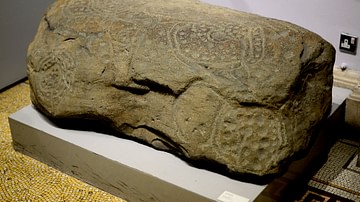
Image
Decorated Stone from Ancient Ireland
Decorated stone from Kilwarden, Co. Kildare, Ireland, 2500-1700 BCE.
National Museum of Ireland-Archaeology, Dublin.
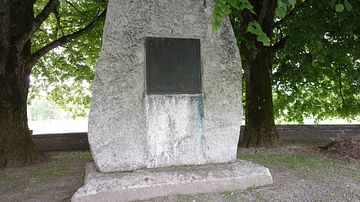
Image
Memorial Stone of Zwingli
A photo showing the memorial stone of the Swiss reformer Zwingli. Located at Kappel am Albis.
Image by kaveman743

Image
Circular Stone Vessel From Tarbisu
A fragment of a circular stone vessel which was dedicated to the temple of God Nergal by a high official. The carved scenes in low relief depict the Assyrian king Shalmaneser III on his knees before a central object (lost), probably a sacred...
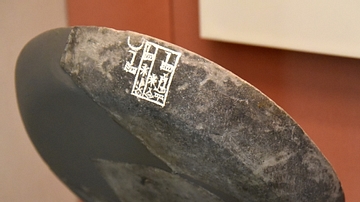
Image
Stone Plate of Enmahgalanna from Ur
This is a polished grey stone, which was probably an offering stand. The name (and title) of "Enmahgalanna" appears and is repeated unusually with a pictogram of the moon's crescent (instead of using the pertinent cuneiform sign). Enmahgalanna...
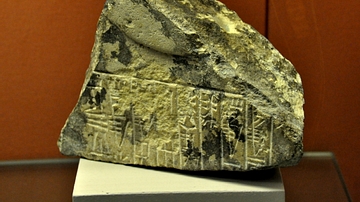
Image
Utu-Hegal's Stone Monument
The cuneiform inscriptions on this fragment of a stone monument mention the name of Utu-Hegal, King of Uruk. 2125 BCE, from Ur, Mesopotamia, Iraq.
The British Museum, London.